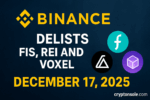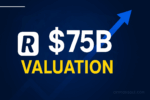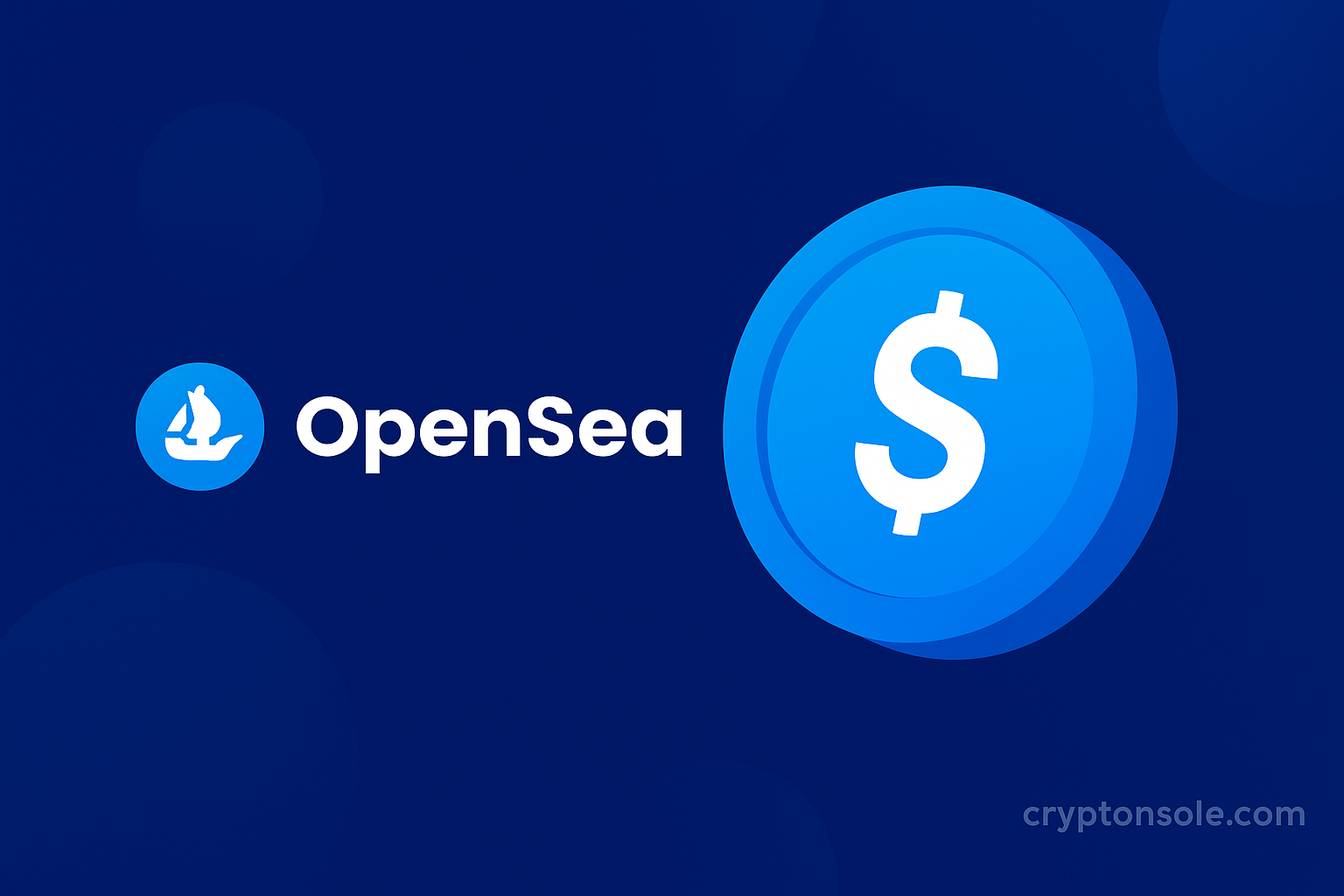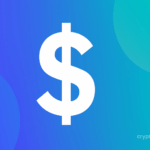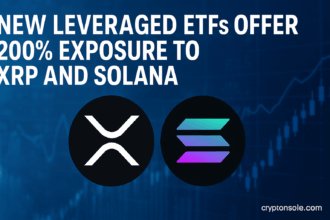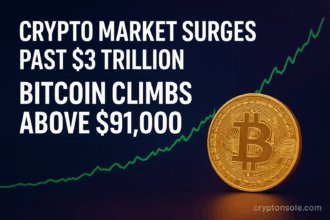OpenSea’s CEO Devin Finzer has officially confirmed plans to launch the $SEA token in the first quarter of 2026, unveiling details around its distribution, utility, and value support mechanisms. The announcement marks a major step in OpenSea’s shift from a pure NFT marketplace to a broader on-chain trading platform.
Key Terms of $SEA Token
- Launch timing: Q1 2026
- Supply split: 50 % of the total supply is earmarked for the community
- Initial claim: A portion of the community allocation will be claimable immediately at launch, with OG users and participants in OpenSea’s rewards programs prioritized
- Staking & utility: $SEA holders will be able to stake their tokens behind preferred collections or tokens, giving them protocol-level influence or benefits
- Revenue buybacks: At token launch, 50 % of OpenSea’s platform revenue will be used to repurchase $SEA, aiming to provide built-in value support to token holders
Finzer also emphasized4 that $SEA is not a “launch and forget” token, but a long-term mechanism to tie users to the evolving platform.
Strategic Implications for OpenSea
1. Transition to “Trade Everything” Platform
OpenSea is signaling a broader ambition beyond NFTs. Finzer describes NFTs as “chapter one” and frames the $SEA launch as part of a “sequel” in which OpenSea becomes a unified6 marketplace for tokens, art, culture, and ideas.
Recent metrics show the platform already handles significant token trading volume, which supports the pivot.
2. Aligning Community Incentives
By assigning half of the token supply to the community and distributing early claims to users with prior engagement (OGs, rewards participants), OpenSea aims to reward loyalty and ensure that early adopters are integrated into the token economy.
3. Built-in Value Support
The commitment to use a large share of revenue for buybacks introduces a mechanism for continuous demand for $SEA, helping to anchor value and reduce sell pressure. This kind of monetization alignment is relatively uncommon and may encourage long-term holding.
4. Potential Risks & Challenges
- Tokenomics balance: Ensuring that the supply, rewards, staking incentives, and buyback mechanisms are well balanced to avoid inflation or excessive central control.
- User trust & fairness: Prioritizing OGs or reward participants must be done transparently to avoid alienating new users.
- Regulatory scrutiny: Token launches with buyback and revenue ties may draw attention in jurisdictions where securities or utility token classifications are under scrutiny.
- Execution risk: The technical and operational complexities of staking, claim mechanisms, and revenue routing must be robust from day one.
What to Watch Leading Up to Launch
- Tokenomics details & smart contract auditing
- Snapshot / eligibility criteria for initial claim (who qualifies as OGs)
- Staking rules & rewards mechanism behind collections
- Revenue data and buyback execution publicly disclosed post-launch
- Market reception and liquidity after listing on exchanges
Bottom Line
OpenSea’s $SEA announcement in Q1 2026 represents a strategic turning point for the platform: evolving from an NFT-centric marketplace into a more comprehensive Web3 trading ecosystem. With half of the token supply allocated to the community, staking features, and revenue-based buybacks, $SEA is positioned to integrate users deeply into platform growth. However, much hinges on the execution of its tokenomics, transparency, and governance model.
KAMM2ZX5



